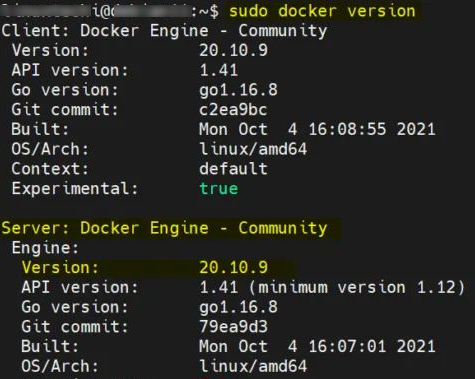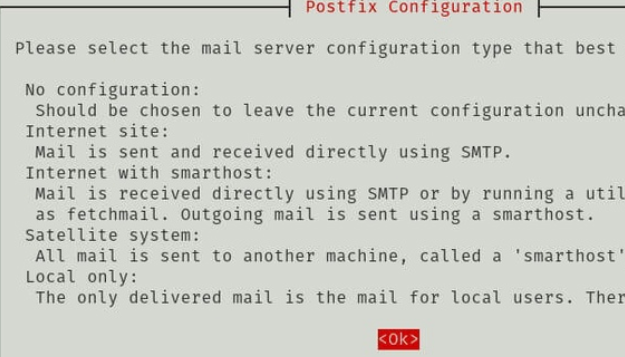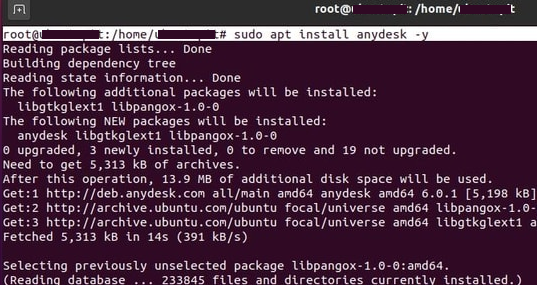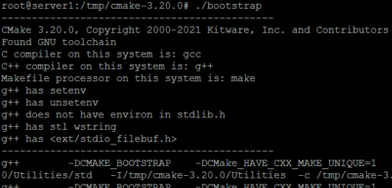In this article, we’ll look at how to extend a disk partition in Linux online without shutting down the system or unmounting the partition. You can use the fdisk tool to delete a partition and create a new larger partition in its place on the fly without losing data. In my case, a Linux VM running on VMware ESXi ran out of space on the ext4 data partition.
Continue reading “Extending a Linux Disk Partition Online with Fdisk”







